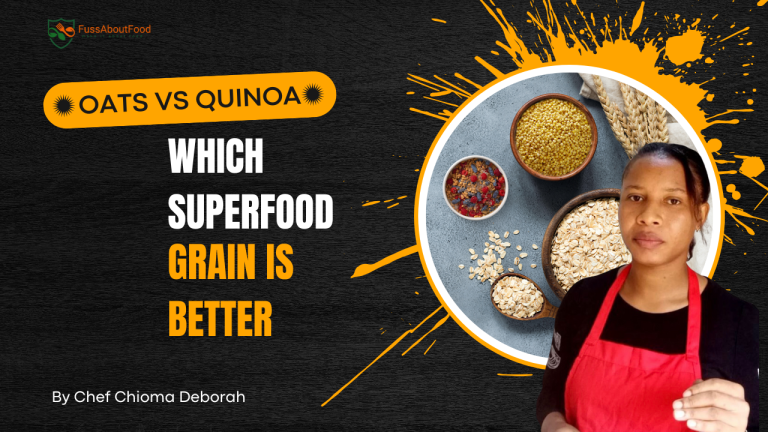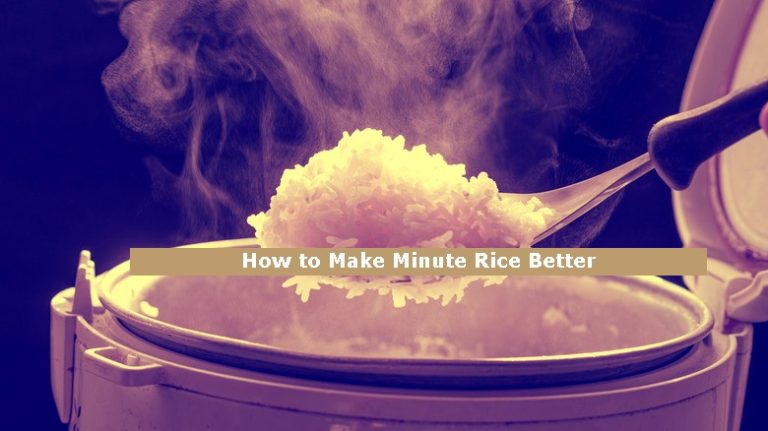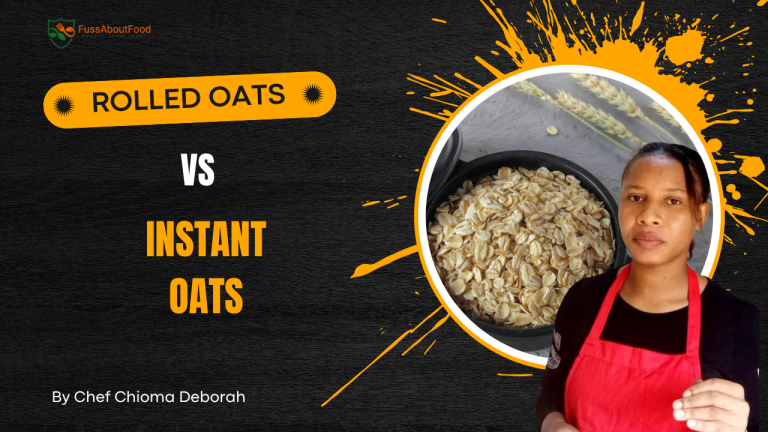How to Make Minute Rice Sticky, Find Out in this article……………
Sticky rice, traditionally known as glutinous rice, is a culinary staple in various Asian cuisines, prized for its chewy texture and the way it beautifully holds flavors and sauces. Creating sticky rice typically requires specific rice varieties and cooking methods, such as prolonged soaking and steaming. However, in a modern kitchen, the convenience of minute rice begs the question “How to Make Minute Rice Sticky”. Whether it can be transformed into that same delightful sticky texture. Adapting the process to work with quick-cooking rice opens up a world of possibilities for those short on time or lacking specialized equipment.

Making sticky rice with minute rice may seem like a shortcut fraught with compromise, but it’s entirely possible to achieve satisfying results. Key considerations in this endeavor include proper water-to-rice ratios, soaking times, and the cooking technique employed to coax the fast-cooking grains into a stickier state. With a few tweaks to the traditional method, minute rice can indeed be made into a version of sticky rice that allows for the enjoyment of dishes such as sushi or mango sticky rice with less prep time.
Table of Contents
Key Takeaways
- Achieving a sticky texture with minute rice is possible with the right technique.
- A proper water-to-rice ratio and soaking are crucial for making minute rice sticky.
- Using minute rice as a substitute for traditional sticky rice saves time without sacrificing too much texture.
– Also Read About How to Make Minute Rice Better
How to Make Minute Rice Sticky: Ingredients and Tools

Making sticky rice with minute rice is a simpler process than traditional methods, but it still requires precise ingredients and the right tools to ensure the best texture and taste.
Required Ingredients
- Minute Rice: Typically, one cup of minute rice is sufficient to serve two to three people.
- Water: Use one and a half cups of water for every cup of minute rice to ensure proper moisture absorption.
- Salt: A pinch of salt can be added to enhance the flavor of the rice.
Necessary Cooking Utensils
- Microwave-safe Bowl: An essential container for cooking rice in the microwave.
- Measuring Cup: For accurately measuring the rice and water.
- Spoon or Spatula: To stir the rice and water mixture before cooking.
- Plastic Wrap: To cover the bowl, trapping steam and moisture during cooking.
- Microwave: A must-have appliance for the microwave method that offers a quick way to make sticky rice.
Step-by-Step Cooking Instructions
Transforming minute rice into a stickier consistency involves precise steps. These instructions cater to enhancing the natural stickiness of the rice without any specialized utensils.
Rinsing the Rice
One begins by thoroughly rinsing the rice under cold water. This process removes excess starch, which is crucial for the rice to reach its optimal stickiness level without becoming too gummy.
Boiling Water
Next, water must be brought to a boil. Measure the exact amount of water recommended on the rice package to ensure proper hydration and stickiness of the rice.
Mixing Rice with Water
Once the water is boiling, the cook adds the minute rice, stirring once to distribute the rice evenly. It’s important to stir sparingly, as overworking the rice can affect the end texture.
Resting Time for Stickiness
After the rice is mixed with water, the pot must be covered and the heat turned off. Allow the rice to sit for 5 minutes. This undisturbed resting time allows the grains to absorb the moisture and develop a sticky texture.
Frequently Asked Questions
When looking to increase the stickiness of instant rice, one might have many questions regarding the adjustments needed in preparation methods, especially for specific dishes such as sushi. The following subsections aim to address these common inquiries with precision.
What steps are required to increase the stickiness of instant rice when cooking it on the stove?
To make instant rice stickier on the stove, begin by soaking the rice in water for 30 minutes to four hours before cooking. Add the soaked rice to boiling water and cook until it absorbs the water and achieves the desired texture.
Is it possible to transform instant rice into sushi rice, and what modifications are needed?
Yes, it’s possible to alter instant rice for sushi by adding a mixture of vinegar, sugar, and salt after the rice is cooked. Stir gently to distribute the seasoning and let the rice cool to room temperature before using.
What is the method for making instant rice appropriately sticky for sushi preparation?
For sushi, instant rice needs to be sticky yet firm. Cook the rice as directed, then season with a sushi vinegar blend to achieve stickiness while maintaining individual grains’ integrity.
What can be done to pre-cooked rice to increase its stickiness for various dishes?
Pre-cooked rice’s stickiness can be enhanced by briefly reheating it with a splash of water or broth. Cover the pot to trap the steam and increase moisture, which helps the grains stick together more.
Can basmati rice be made sticky, and if so, how can this be achieved for use in sushi?
Basmati rice is not traditionally used for sushi because it’s less sticky, but you can mimic stickiness by cooking it with slightly more water and adding a teaspoon of oil to enhance the grains’ cling.
What are some techniques to enhance the overall texture and taste of instant rice?
Improving the texture and taste of instant rice can involve adding flavor through broths, spices, or butter during the cooking process. Avoid overcooking and fluff the rice gently once done. for a better texture






